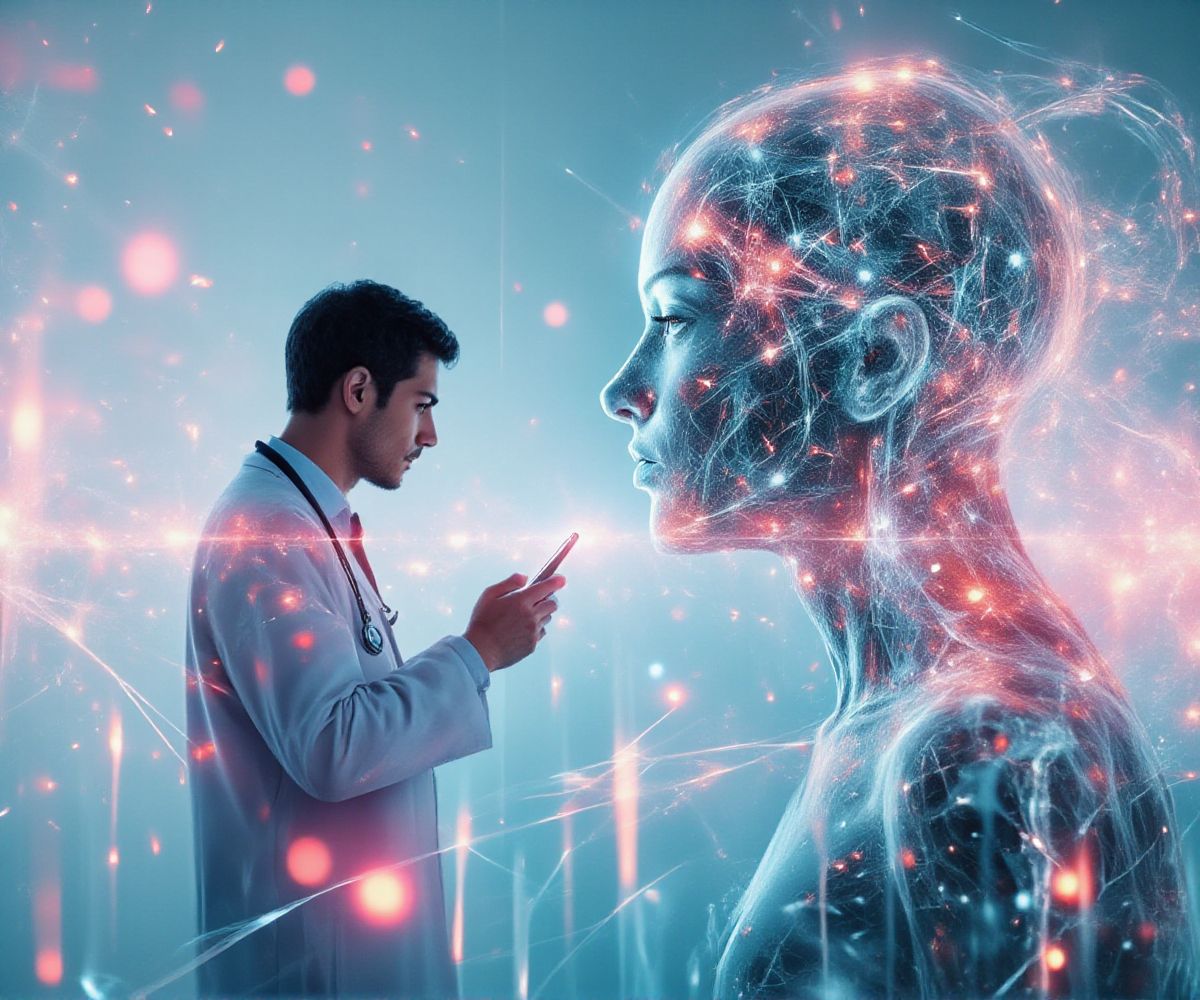Double exposure, a unique artistic style, has become a popular choice among photographers and graphic artists. It combines two or more images into a single frame, creating an impactful blend of colors, patterns, and subjects. This technique not only brings an artistic touch to the final image but also adds depth and dimension to the overall display.
Recently, this technique has taken a new direction, known as “Neumorphism” – a stylistic trend that finds its roots in digital UI design but has been adapted for visual arts, photography, and graphic design. This style combines two contrasting style elements to generate an aesthetically pleasing optical illusion creating a hyper-real feeling for the viewer. It’s often noticed in elements like flat buttons and text in digital interfaces, but incorporating it into double exposure photography offers unparalleled versatility for artists to experiment with.
When incorporating Neumorphism into a double exposure effect, consider fusing a range of subjects. In a medical-tech context, this could involve visualizations of telemedicine services, patient health records, EHR (Electronic Health Records) data, or even the innovative ideas behind IoT (Internet of Things) in healthcare.
To add a twist, think about overlays. Adding pastel gradients, custom blurs, and soft shadows can then frame your composition to inspire a dream-like arrangement. This styling technique enhances elegance and softness to your image and adds a touch of sophistication to the end product.
Another key feature of Neumorphism and double exposure is the penetrating use of lights and reflections. Complementing this effect with a creamy light fall-off, warm glows, and soft bokeh highlights will elevate your image further, catching the viewer’s attention.
Don’t forget about the foreground and background. With a depth of field of f/12, you will be able to emphasize certain aspects in your image, leading the viewer’s eye to specific parts of the photo.
Lastly, an artistic style inspired by the great artists like Bojan Jevti and Ashley Wood can enhance your digital double-exposure effect. High-resolution images can lead to the finest of detail, and an ultra-sharp image with intricate details can communicate

